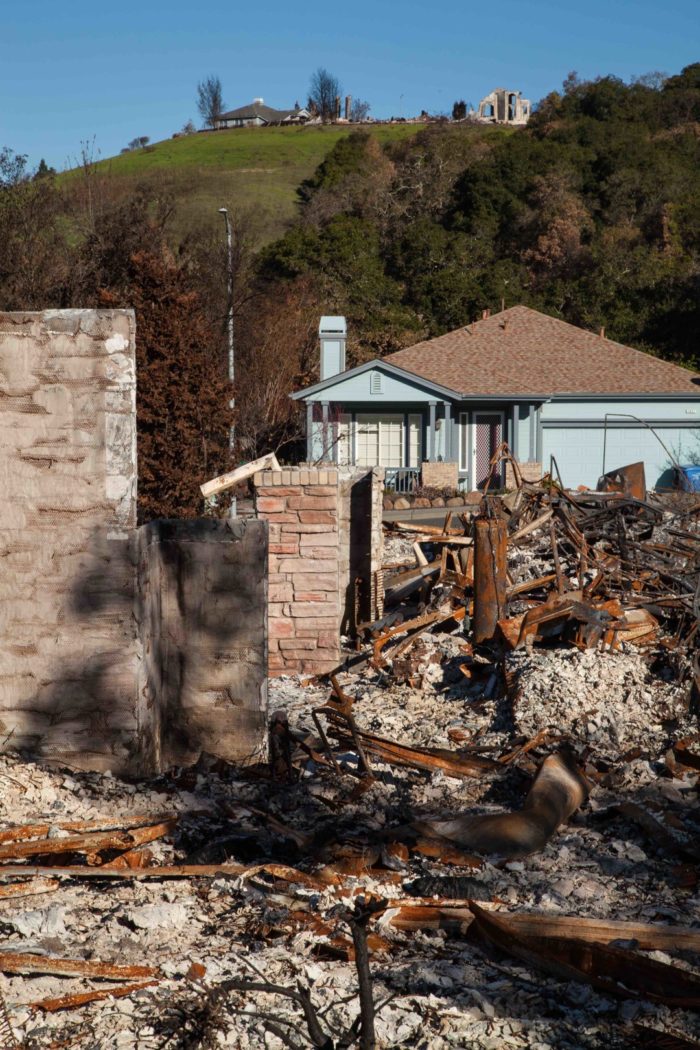
Image Credit: Anatole Burkin
In the midst of the many wildfire emergencies that have faced California this year, it can often seem that the way houses burn, or don’t, is random.
The thing is, though, it’s not. Firefighters and researchers alike have a pretty solid understanding of why some houses are more vulnerable to wildfire than others. The real challenge ultimately lies in whether those with the power to act on that knowledge will do so.
It is commonly thought that it takes direct flame to spread a fire, but this isn’t always the case. Small embers are instead often the culprits that begin house fires during wildfires. These small bits of burning debris can be lofted long distances by the wind. They can then end up igniting landscaping materials like combustible mulch, or enter homes through vulnerable spots — gutters teeming with debris, unscreened attic vents, open or broken windows, old roofs with missing shingles. Once there, the embers smolder and can ultimately catch a house on fire.
In California, iconic winds work to create ideal ember-driven ignition conditions. The Santa Ana winds in Southern California — known as the Diablo winds in northern part of the state — have generally followed fairly predictable seasonal and spatial patterns. “Red flag” fire warnings are often issued on dry days when the winds will be particularly fierce.
Landscape management is not enough
While humans can’t really control as much as we’d like to believe when it comes to disasters, we do have the ability to control where and how we build. For decades, most wildfire education and enforcement campaigns have focused on creating so-called defensible space where landscaping vegetation is carefully selected and located on the property, as well as routinely maintained.
This is not enough, however. Officials in California — as in other fire-prone states — need to help homeowners, local governments and builders to understand there also are specific, science-based steps that can be taken to make structures themselves less vulnerable to fire.
Researchers recommend what is known as a “coupled approach” to home and building survival. This means the development and maintenance of an effective defensible space, as well as the careful selection of construction materials and correct installation to ensure that, for example, there are no gaps in siding or roofing that would allow embers to penetrate.
Decision-makers also need to be willing to take on the most taboo topic of them all: recognizing that there are places houses simply shouldn’t be built, or rebuilt, at all.
(Not) too urban to burn
Earlier this year, California had the first strong winter rains after many years of drought. Now, after a typically dry summer, the state is experiencing a dry start to the rainy season, particularly in the south. At the same time, people have continued to build into places known to burn regularly. The result of this confluence of events has been fires deeply affecting many thousands of people up and down the state.
California residents are largely aware that not all fire is bad, and that many of our ecosystems thrive on regular fire. It’s not something that we should, or ever could, hope to fully contain. Our only chance is learning, really and truly and finally learning, to live with it.
In that vein, the state must look long and hard at some of the steps that have been the hardest to take — not building in places that are particularly fire-prone and matching building codes with a modern understanding of wildfire risk — if there is to be any hope of alleviating the human suffering these fires cause.
We are being invited to free ourselves from the notion that wildfire destruction is random and unpredictable, and that therefore there is nothing to be done about it. As the fire season in California gets longer, the winds worsen and wildfires move into areas once deemed too urbanized to burn, maybe the knowledge about what makes houses burn can finally be put to good use.
Faith Kearns is the academic coordinator, California Institute for Water Resources, University of California. This post originally appeared at The Conversation.
Weekly Newsletter
Get building science and energy efficiency advice, plus special offers, in your inbox.





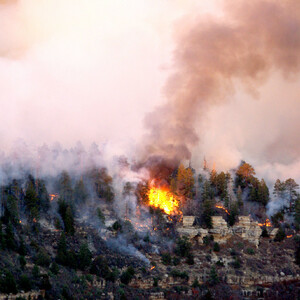
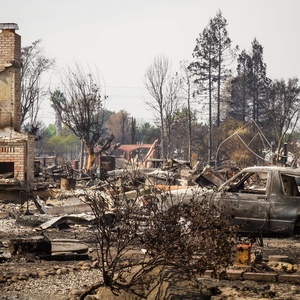
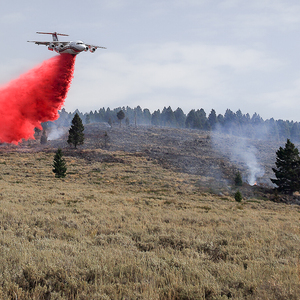
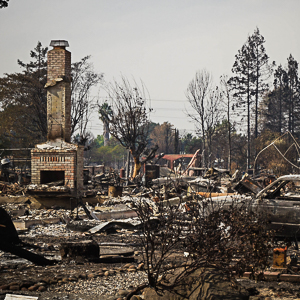






2 Comments
The code has been updated to reflect wild fire issues
In 2003 San Diego County burned. The county added many provision to make structures more fire resistant. http://www.sandiegocounty.gov/content/dam/sdc/pds/docs/pds664.pdf
In 2009 California added a Urban Wildland interface chapter to the Building Code. They have a entire set of testing standards for materials and approvals list.
Even new products were designed to comply with the code. The major one is ember resistant attic vents. Brandguard, Vulcan and O'Hagin are a few mfg of theses vents. Also any roof that is replaced is required to be Class A rated.
The state has a map of the entire state and urban wild land interface zones that require the upgraded fire resistant construction.
ICF Walls, SIP Roof & Metal Roofs
I am located in the SW High-Desert area and I built with ICF walls and a metal roof. The climate has vast diurnal swings in which ICF works best but the other reason I chose ICF was the fire resistance. I had a fire resistant synthetic stucco placed on the outside of the ICF walls. There are no empty cavities for embers to enter.
I used a SIP roof for speed and also for fire resistance. I went with a polyuretheane core SIP which has a Class A fire rating. Then I closed in the roof with a standing seam metal roof. No attic vents are needed since it is a SIP roof. So the soffits are all closed off with metal.
There are many ways to skin a cat, as they say but I truly believe one should build according to the environment of that specific area. More than just "building codes" but according to what environmental dangers are present. If in wildfire country, use fire resistant materials like concrete and metal. If in hurricane country, build structures that can withstand high winds.
Log in or create an account to post a comment.
Sign up Log in